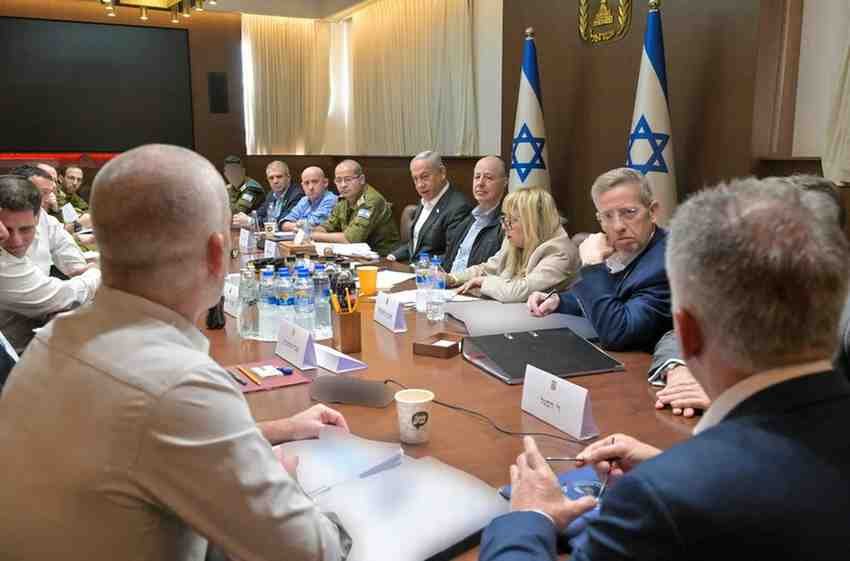The ceasefire and hostage release agreement with Hamas had been accepted by the Israeli Government. The agreement was approved by the cabinet by a vote of 24–8. The deal, which was mediated by the United States and Qatar, will take effect on Sunday. In addition to facilitating the release of Palestinian inmates and Israeli captives, the agreement will start the first phase of the ceasefire in Gaza.
The government has already accepted the agreement, those who oppose it can petition the High Court of Justice to stop the release of Palestinian security inmates who are scheduled to be released, though it is unlikely that the court will step in.
Thirty-three captives will be released as part of the six-week ceasefire’s initial phase. Israel has acknowledged the deal, but it is yet unknown whose hostages are still alive. Israel will release hundreds of Palestinian detainees, primarily women and youth, in addition to the hostages as part of a larger attempt to reduce tensions.
Additionally, as part of the ceasefire, Israeli forces will gradually leave various parts of Gaza, giving locals some respite. Humanitarian aid would stream into Gaza, which has been devastated by months of airstrikes and ground assaults, according to the agreement. In order to allow trucks delivering food and medical supplies to enter Gaza, the Rafah border crossing is scheduled to reopen.
The relatives of the remaining 65 hostages worry that the second phase may never occur and that their loved ones may still be in terrorist hands, therefore Netanyahu’s backers in the far-right coalition have put pressure on him to refuse to agree to halt the combat.
Nearly 100 hostages are still in Gaza, and more than 46,000 Palestinians have died since the war began in October 2023 after a horrific Hamas strike. Both parties are making a significant step toward a provisional truce despite the continuous combat.








